
Copernical Team
Virgin Galactic sets January 2024 for 11th mission
 Virgin Galactic Holdings, Inc. (NYSE:SPCE) has officially announced the opening of its 'Galactic 06' flight window on January 26, 2024. This mission will mark the company's 11th spaceflight, following a year of remarkable achievements in human spaceflight, including six suborbital missions in just six months.
The upcoming 'Galactic 06' flight is set to continue Virgin Galactic's pioneering
Virgin Galactic Holdings, Inc. (NYSE:SPCE) has officially announced the opening of its 'Galactic 06' flight window on January 26, 2024. This mission will mark the company's 11th spaceflight, following a year of remarkable achievements in human spaceflight, including six suborbital missions in just six months.
The upcoming 'Galactic 06' flight is set to continue Virgin Galactic's pioneering NASA Outlines Future Strategy for Post-ISS Microgravity Research Labs in LEO
 In a recent development marking a significant shift in space research dynamics, NASA is actively developing a strategy for establishing the next generation of microgravity national labs in a commercial space station environment. This move comes in response to a directive from the National Space Council in September 2022, tasking NASA with crafting a plan for this new era in space research.
In a recent development marking a significant shift in space research dynamics, NASA is actively developing a strategy for establishing the next generation of microgravity national labs in a commercial space station environment. This move comes in response to a directive from the National Space Council in September 2022, tasking NASA with crafting a plan for this new era in space research. NASA's 3D-printed Rotating Detonation Rocket Engine Test a Success
 NASA has achieved a new benchmark in developing an innovative propulsion system called the Rotating Detonation Rocket Engine (RDRE). Engineers at NASA's Marshall Space Flight Center in Huntsville, Alabama, successfully tested a novel, 3D-printed RDRE for 251 seconds (or longer than four minutes), producing more than 5,800 pounds of thrust.
That kind of sustained burn emulates typical requi
NASA has achieved a new benchmark in developing an innovative propulsion system called the Rotating Detonation Rocket Engine (RDRE). Engineers at NASA's Marshall Space Flight Center in Huntsville, Alabama, successfully tested a novel, 3D-printed RDRE for 251 seconds (or longer than four minutes), producing more than 5,800 pounds of thrust.
That kind of sustained burn emulates typical requi Mighty MURI brings the heat to test new longwave infrared radiometer
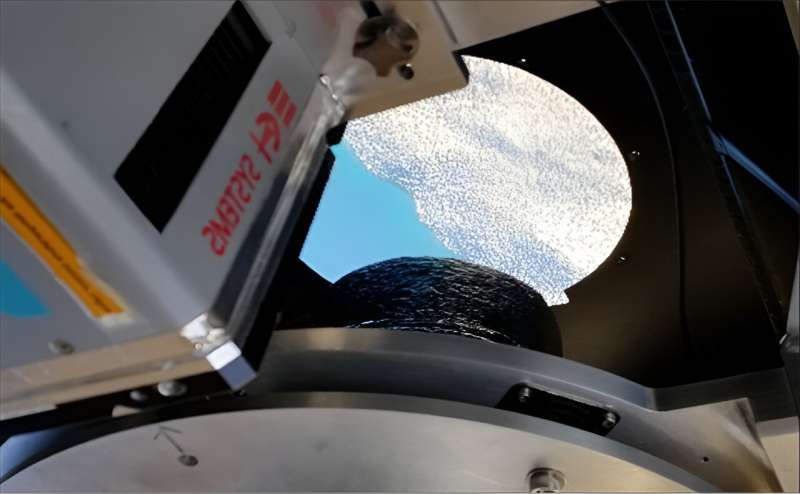
NASA's new Multiband Uncooled Radiometer Instrument (MURI) features a novel bolometer that detects infrared radiation without a cryogenic cooler, greatly reducing the cost and complexity of dispatching infrared radiometers into low-Earth orbit.
First-light data from NASA's new Multiband Uncooled Radiometer Instrument (MURI) shows its novel, uncooled microbolometer is operational, setting the stage for future space missions dedicated to observing Earth's surface temperature with a cost-effective instrument.
Prepping for data from the Nancy Grace Roman Space Telescope
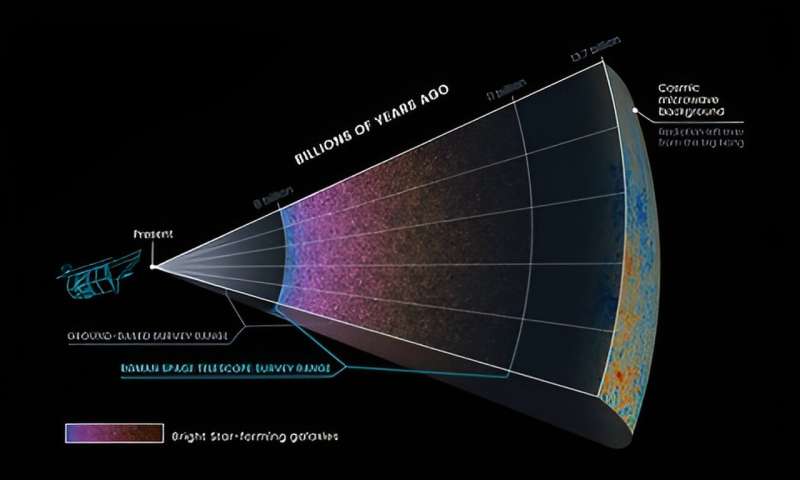
As part of a plan to prepare for the quantity and range of data that will be coming in from the Nancy Grace Roman Space Telescope, currently scheduled to launch by May 2027, NASA has granted funding to five project infrastructure teams (PITs), which will write software, run simulations, and plot out optimal uses of the telescope's data stream.
International astronaut will be invited on future NASA moon landing
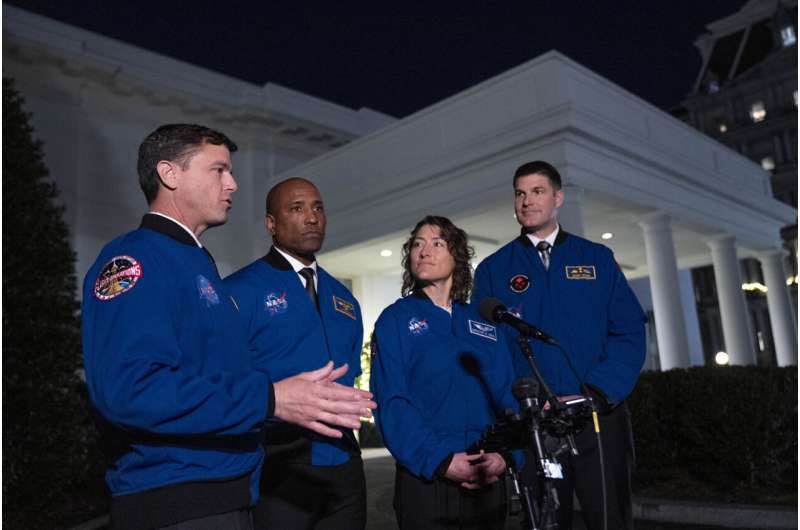
An international astronaut will join U.S. astronauts on the moon by decade's end under an agreement announced Wednesday by NASA and the White House.
The news came as Vice President Kamala Harris convened a meeting in Washington of the National Space Council, the third such gathering under the Biden administration.
Tough tests no problem for carbon-fibre cryo fuel tanks
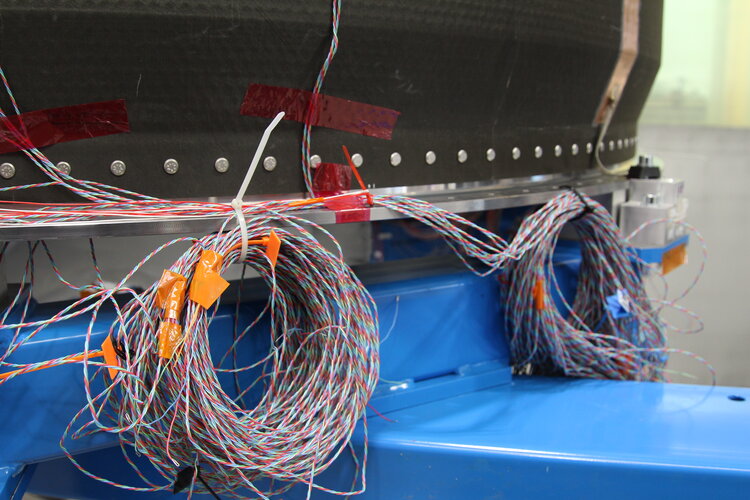
Pinhole propulsion for satellites
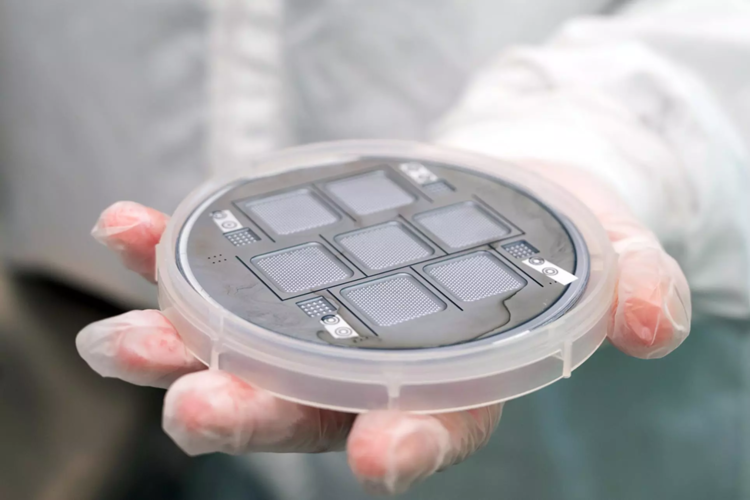 Image:
Pinhole propulsion for satellites
Image:
Pinhole propulsion for satellites Less launch pad damage by SpaceX's Starship bodes well for Space Coast facility
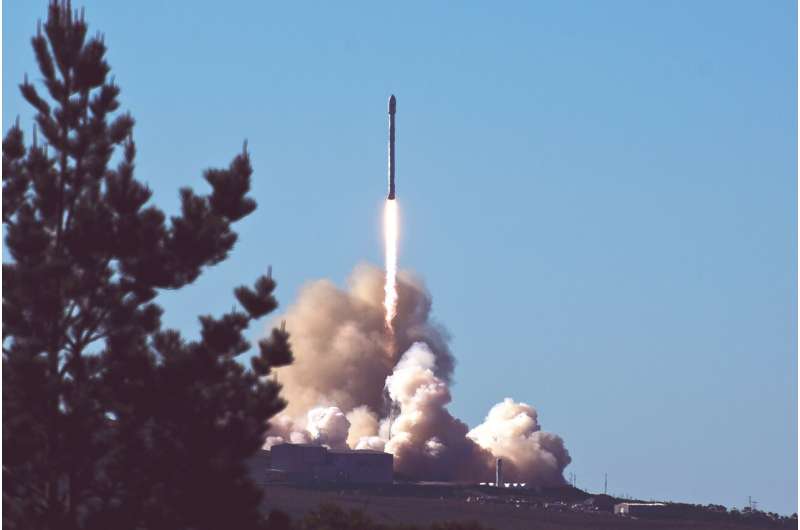
Although SpaceX's massive Starship and Super Heavy is still exploding mid-air during test flights, the fixes made to the launch pad have both company founder Elon Musk and NASA happy and could bode well for a pad planned for Florida's Space Coast.
"Just inspected the Starship launch pad and it is in great condition!" Musk posted on X after the most recent orbital launch attempt of the company's next-generation rocket on Nov. 18. "No refurbishment needed to the water-cooled steel plate for next launch. Congrats to @Spacex team & contractors for engineering & building such a robust system so rapidly!"
The first launch of the combined two-stage rocket back on April 20 obliterated the launch pad at SpaceX's test site Starbase in Boca Chica, Texas, under the power of the first stage Super Heavy's 33 Raptor engines that were capable of producing nearly 17 million pounds of thrust on liftoff.
The destruction raised concerns not only for when SpaceX might be able to try another test launch from Texas but also for the construction of a similar pad at Kennedy Space Center's Launch Pad 39-A.
DeepSouth: Western Sydney University Unveils Neuromorphic Supercomputer
 Researchers at the International Centre for Neuromorphic Systems (ICNS) at Western Sydney University have unveiled a groundbreaking development in computational technology: DeepSouth, the world's first supercomputer capable of simulating networks at the scale of the human brain.
DeepSouth stands out due to its unique neuromorphic system, a design that emulates the biological processes of n
Researchers at the International Centre for Neuromorphic Systems (ICNS) at Western Sydney University have unveiled a groundbreaking development in computational technology: DeepSouth, the world's first supercomputer capable of simulating networks at the scale of the human brain.
DeepSouth stands out due to its unique neuromorphic system, a design that emulates the biological processes of n 